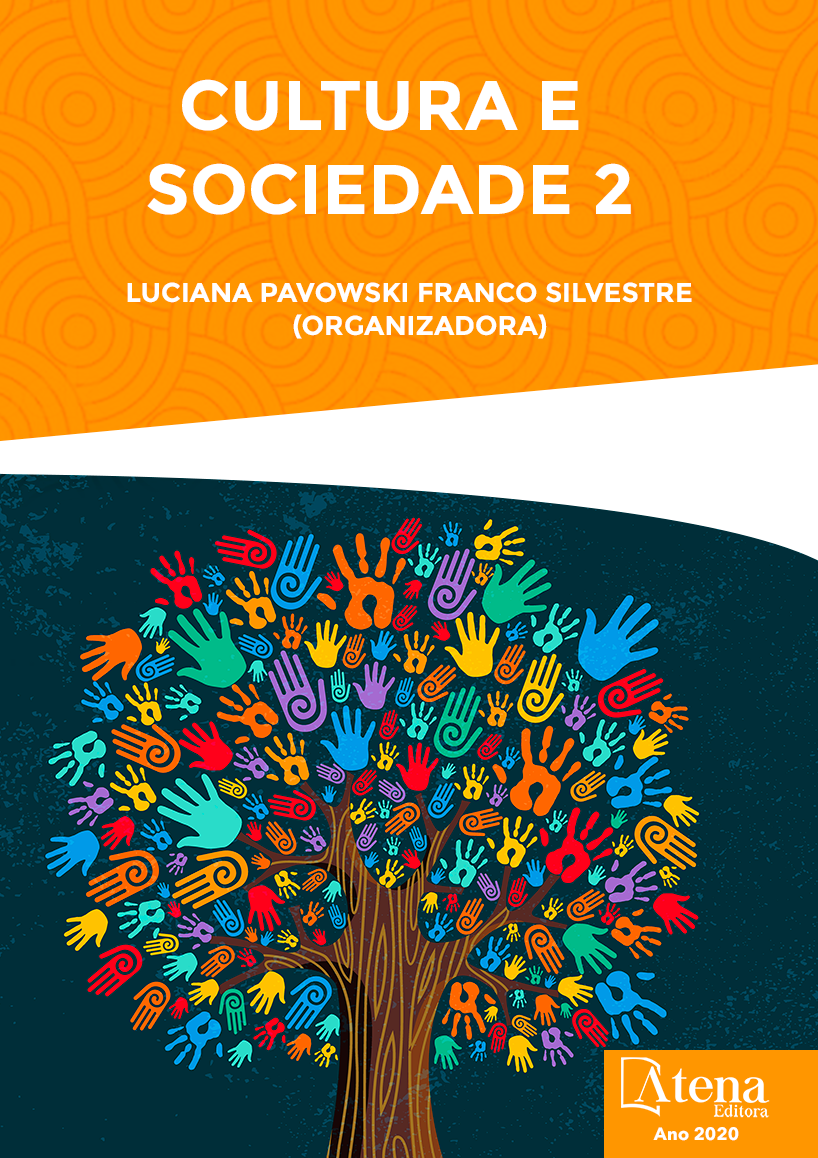
MARÍA A LA LUZ DE LA FE DEL PUEBLO LATINOAMERICANO
La virgen María fue una de las devociones acogida con más universalidad y persistencia por los
nuevos cristianos latinoamericanos. Las razones de esta acogida son complejas. Por una parte
está la herencia del carácter mariano del catolicismo ibérico, transmitida desde el comienzo de la
evangelización. Por otra, el simbolismo religioso de María como madre correspondía, en
importantes culturas indígenas precolombinas, al lugar de la mujer-madre como valor religioso
(por ejemplo, la madre tierra o pachamama en el mundo incaico; la Tonatzin o diosa madre en el
mundo azteca y maya); de ahí la facilidad con que esas culturas adoptaron a la Madre de Dios.
Ciertos rasgos culturales también contribuyeron a ello (valor de lo afectivo, lo maternal, lo
familiar…). Y, ciertamente, María era un contenido relevante de la predicación misionera.
Es María una propuesta de fe que en América Latina se concreta en la religiosidad popular a
partir de Nuestra Señora de Guadalupe, modelo de evangelización inculturada. Comprender la
función y el sentido de ésta religiosidad es un desafío para la teología.
Al buscar a María, la Mujer de Nazaret y Nuestra Señora de la Fe, constatamos que sigue siendo
una presencia viva en la vida cristiana, que ella continúa siendo invocada, se realizan
peregrinaciones a sus santuarios, se la saca en procesión, se celebran sus fiestas. María es
visitada y continúa visitando a su pueblo.
El Magisterio eclesial la menciona en sus documentos, homilías y le dedica algunas encíclicas.
El pueblo sencillo la ama y sigue viendo en ella una hermana, amiga, madre que consuela y
anima. A ella le presentan sus alegrías, tristezas, dolores, encomiendan la cruz personal y la de
los pueblos excluidos que no encuentran salida a su realidad. El Evangelio nos la presenta
también como creyente, discípula y mujer lúcida en el discernimiento.
MARÍA A LA LUZ DE LA FE DEL PUEBLO LATINOAMERICANO
-
DOI: 10.22533/at.ed.4542012037
-
Palavras-chave: Realidad. Palabra de Dios. Pueblo creyente. Evangelización. Inculturación.
-
Keywords: Reality. God´s Word. Believing people. Evangelization. Inculturation
-
Abstract:
The Virgin Mary was one of the most universally accepted and persistent devolutions for the new
Latin American Christians. The reasons for this reception are complex. On one side there is the
inheritance of the Marian character of Iberian Catholicism, transmitted from the beginning of
evangelization. On the other, the religious symbolism of Mary as a mother corresponded, in
important pre-Columbian indigenous cultures, to the place of the woman-mother as a religious
value (for example, mother earth or pachamama in the Inca world; the Tonatzin or mother
goddess in the world Aztec and Maya); hence the ease with which those cultures adopted the
Mother of God. Certain cultural traits also contributed to it (value of the affective, the maternal, the
familiar…). And, certainly, Mary was a relevant content of missionary preaching.
Mary is a proposal of faith that in Latin America is embodied in popular religiosity from Our Lady
of Guadalupe, a model of inculturated evangelization. Underestanding the function and meaning
of this religiosity is a challenge for theology.
When looking for Mary, the Woman of Nazaret and Our Lady of the Faith, we verify that she is still
a living presence in the Christian life, that she continues to be invoked, pilgrimages are made to
her sanctuaries, she is taken out in procession, her parties are celebrated. Mary is visited and
continues to visit her town.
The ecclesiam Magisterium mentions her in its documents, homilies and dedicates encyclicals.
The simple town loves her and continues to see her as a sister, friend, mother who comforts and
encourages. They present to Mary their joys, sorrows, pains, entrust the personal cross and that
of the excluded peoples who find no way out of their reality. The Gospel also presents her to us
as a believer, disciple and lucid woman in discernment.
-
Número de páginas: 16
- Clara Maria Temporelli


